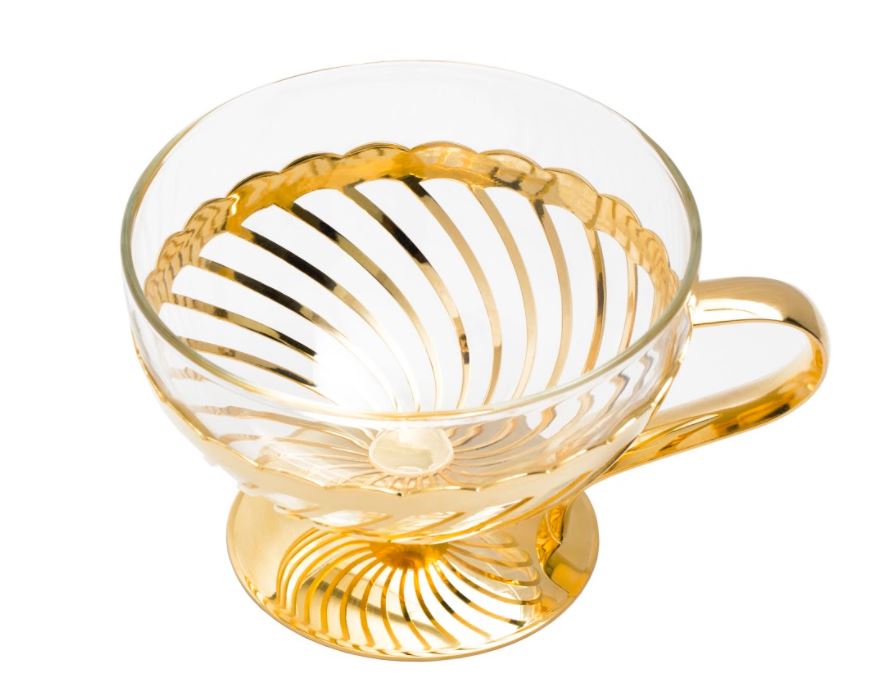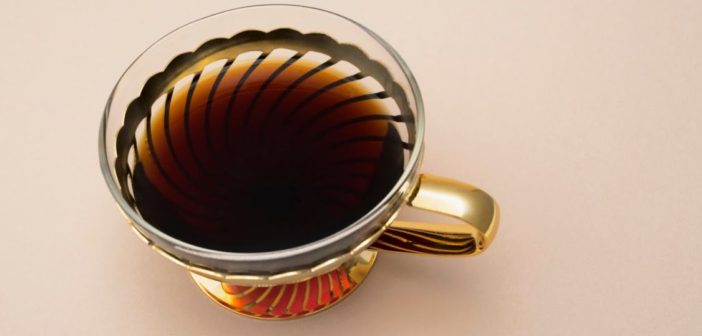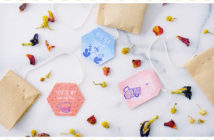The Teacup. It holds every peaceful sip or eager gulp you wish to take from it. Quiet moments or busy mornings, the teacup is there. But like a wine glass in a china cabinet, a teacup can also be used for special occasions aside from your daily brew.
We spoke with James Owen, a designer, who was recruited by entrepreneur Brian Sunderland, creator of Bishop House, a high-end stemware company in Portland, Oregon to construct Thalia, an elegant yet simple tea and coffee cup perfect for that special occasion or your favorite blend.
Talk to us about being a designer.
There’s a lot of designers that specialize in one kind of market, but that’s not what I like. I get bored easily doing one kind of thing, so that was one of the reasons I started my own consulting practice for a very wide range of things.
We tackle just about everything and we do it pretty confidently because we put a lot of care into the process in particular. And the process is very important. Collaborating with the client is very important. Understanding the user is very important. Understanding the market, putting care into the client, the market, and the user.
How did your partnership with Bishop House develop?
Brian had the idea to produce very beautiful high-end coffee and tea vessels but obviously, he didn’t know what that was, how to make it, who to go to to get it made, and that’s where we come in. We collaborate with the client to establish the vision. Especially in the case of start-ups, for example in the case of Bishop House, when they’re starting a company from scratch, nothing exists. There’s no masthead, no executive team, so it’s not just helping them design a product, we actually help advise them on how to build a company.
You begin to develop a relationship that’s more like a partnership. We don’t just take orders, we work with the founder to develop this product that meets their needs and meets the users’ needs, and continue to partner with them until their company is successful in the long term.
We’re almost like their cheerleader, giving them the confidence to believe in their product.

When you were approached to create a high-end teacup, where did you begin?
Well, especially with startups and working with founders, you have to kind of get into the head of the founder. We develop image boards, we look at the target market etc, in this case, it was high-end coffee and tea drinking vessels. He wanted to use high-end construction. He wanted to use real gold, and other high-end materials, but that still left it very open. Then you have to figure out: what is it, what style, what does this user want, who are we targeting?
Figuring out how to make this particular design was a huge challenge. This was probably one of the most challenging projects I’ve ever worked on just because of the matrix of the design because it’s a floating design. A lot of blood, sweat, and tears went into this, to make something that appears magical.
Glass gives you clarity and it gives you another layer to the design versus ceramic, and ceramic cups can be beautiful but glass gives you this other level of finish that’s really hard to compete with.
This cup was mainly aesthetic. It’s really designed to be more of an occasional use product. It’s a giftware product so it’s not necessarily going to be your go-to cup for daily consumption.

Would you ever design a teapot to partner the teacup?
Yes, absolutely. The great thing about this Bishop House project is that it’s really focused on design. There are hundreds of thousands of glasses out there so really what you’re selling in that part of the market is the design, so for a designer, this is a dream project.
Check out Thalia online. It might be the perfect gift for that tea lover that thinks they have everything…or a unique piece to your teacup collection.
The Daily Tea has received permission to use all photos.




